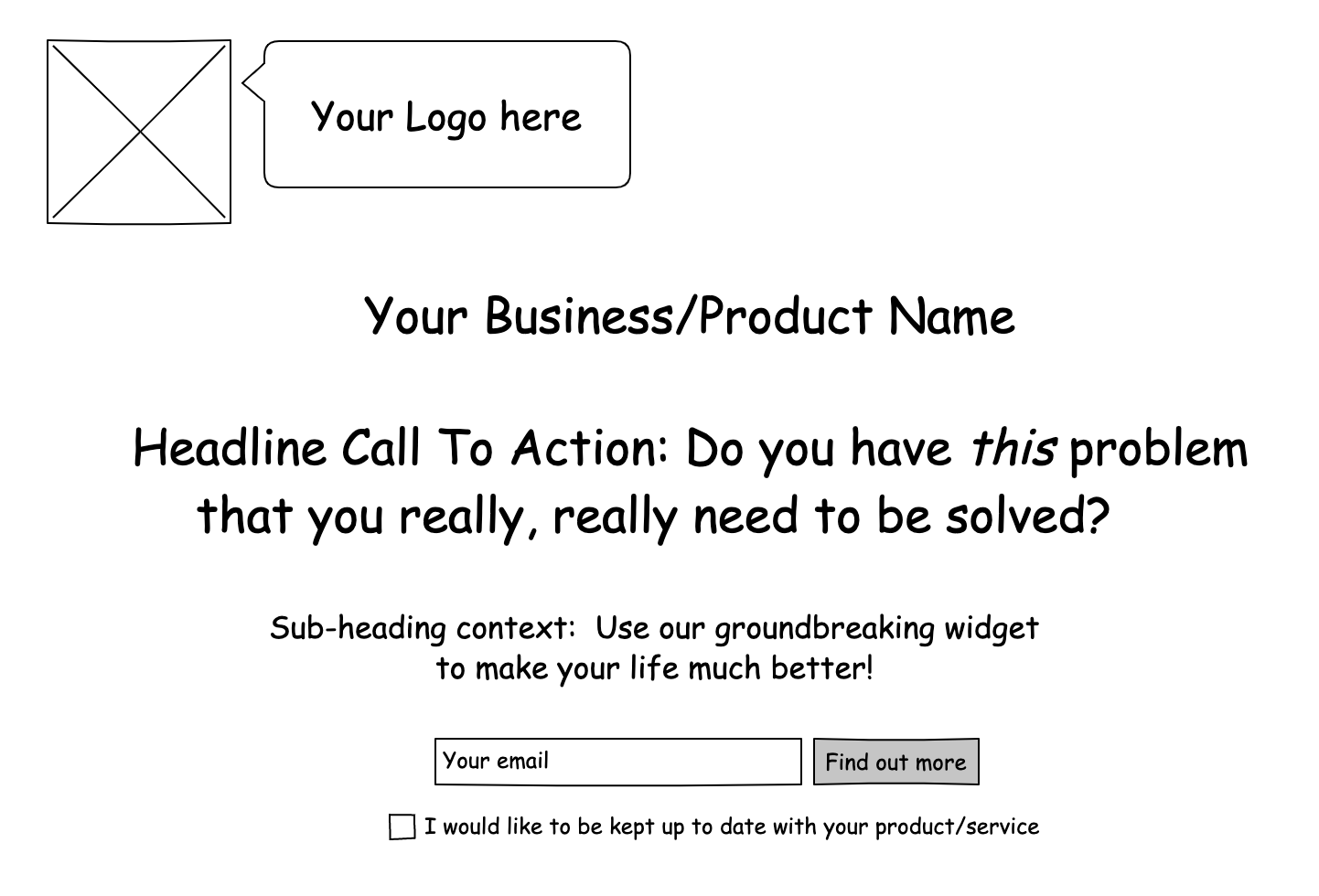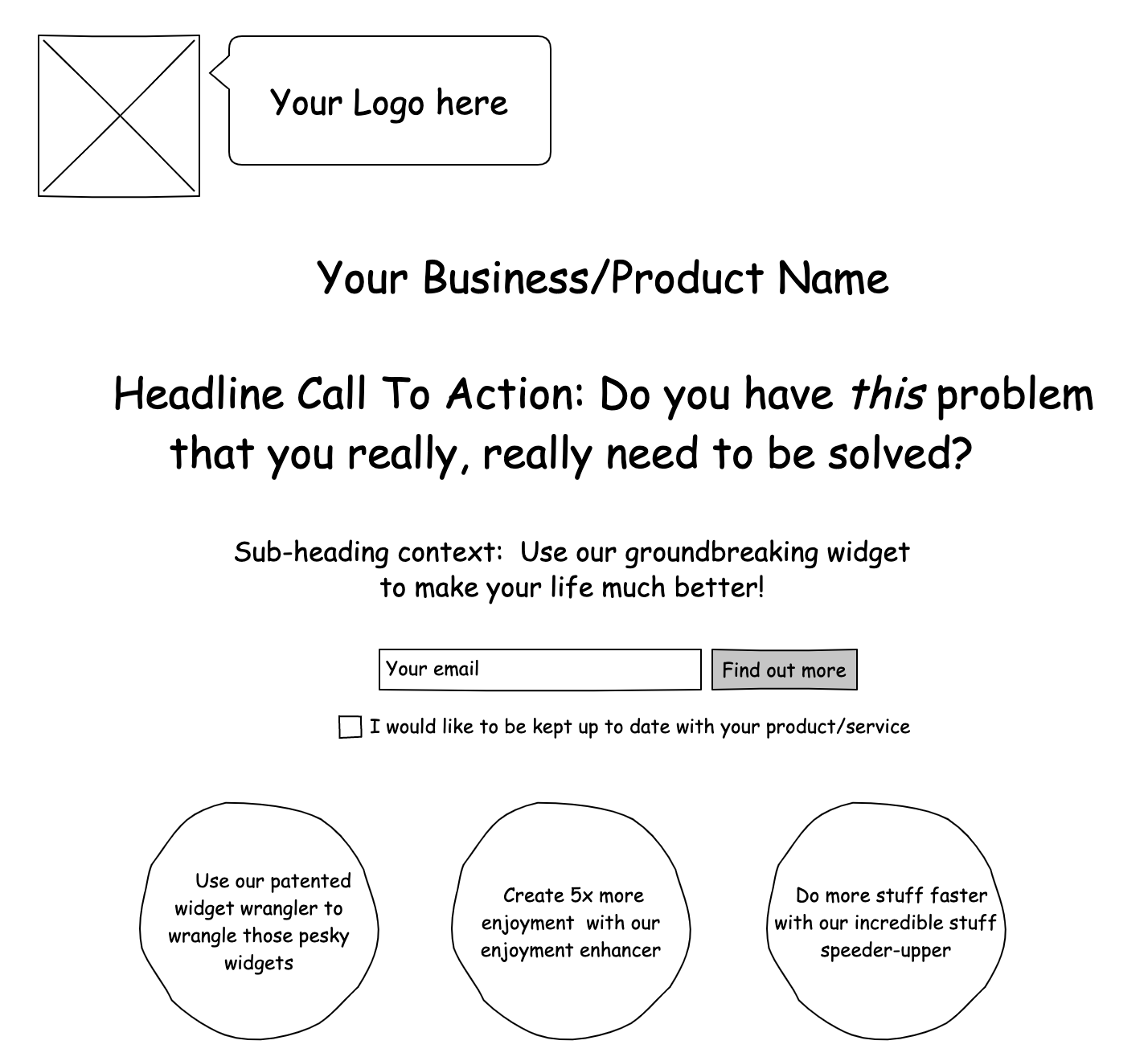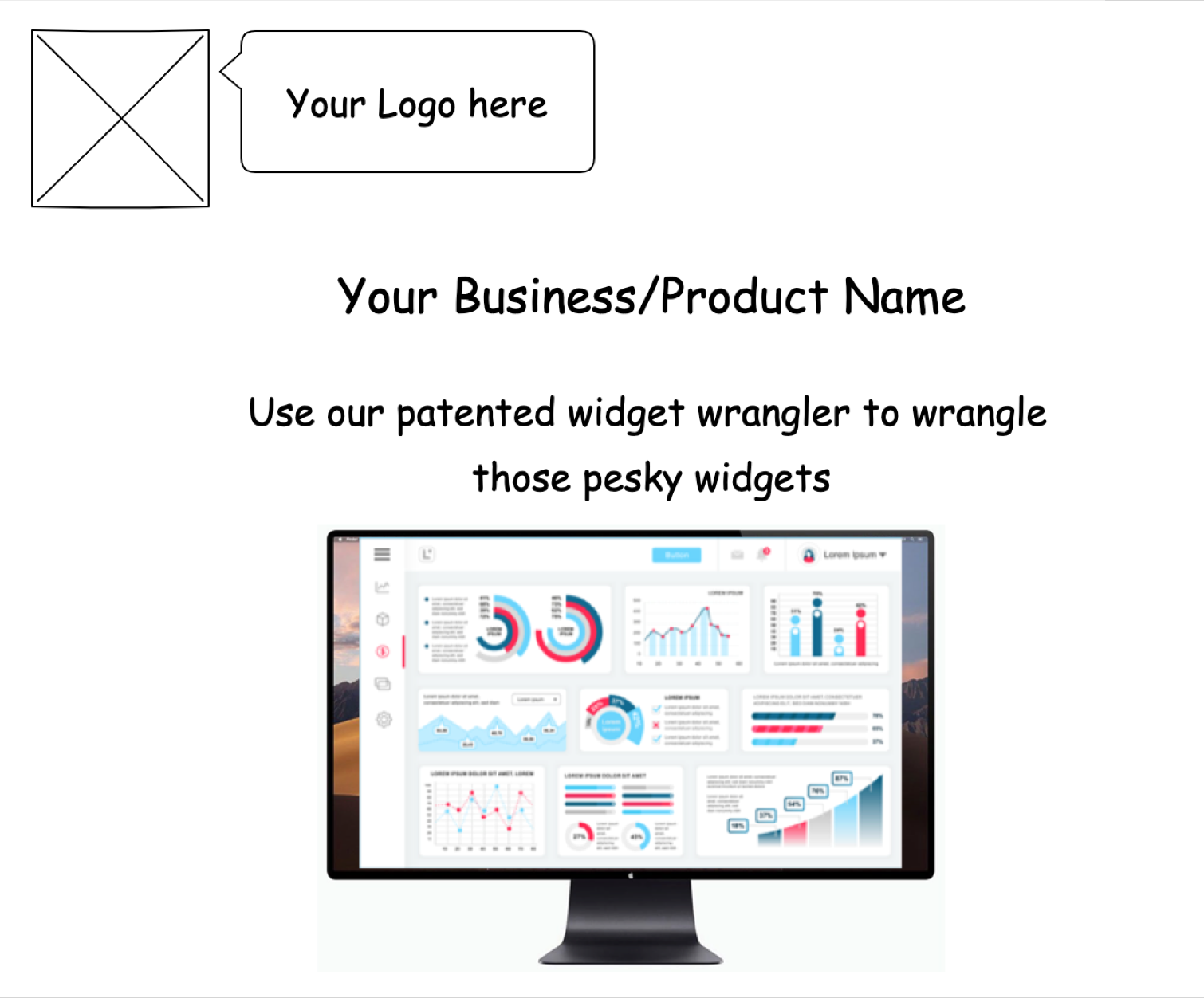Will the world love your new idea? Here’s a way to find out
Paul Nebel
Last month I showed you how to validate a business idea using the internet. I hope I also showed you how unreliable that method can be if you don’t validate your assumptions.
Most of the workshops I conduct with start-ups form a path whose intended destination is a list of assumptions. These are the things that have to be true in order for the start-up to succeed. The reason for creating this list is that it gives us a structured way of validating the business idea. Each assumption must be tested, if possible. We start with the assumptions which would have the greatest negative impact if they turned out not to be true.
When I ask founders what assumptions they are making it is usual for the first response to be something like:
Customers want to buy our product/service
I’ve written before about how statements like this are of little use when it comes to creating meaningful tests to prove the truth of assumptions. In general, I recommend asking Why? as many times as you need to break a high-level assumption like this into hypotheses that are discrete, measurable and testable. However, the journey from idea to successful business is not a straight line. When you are right at the start of your validation journey this assumption may be the only thing you need to test to justify spending more time, effort or money developing your idea.
This post describes a practical method for answering the most basic question any start-up faces.
Is there anybody out there?
Here’s the plan:
- If you want to build a business by creating something people will buy and use, you should build something customers will want.
- In order to do that, you just need to know what customers want.
- To find that out you just need to ask some potential customers what they want.
- Once you know what they want you build it, and they will come to you.
Simple, right? The problem is, it doesn’t work! As The Mom Test explains so well, The first rule of user research is never ask anyone what they want. The reason is that what people actually want is to be liked, which means they will tell you what they think you want to hear and not what they actually think. This is, of course, a genaralisation but it is accurate enough to make any answers you get from direct questions pretty useless to you.
One of the best ways of predict what people might do in the future is to get them to tell you stories of what they’ve done in the past. That means that you need a way to speak to them. A way to do this that helps you validate your business idea at the same time is to build a landing page.
What the heck is a ‘landing page’?
A landing page is about the simplest form of product web page you can create. It’s a place to send people in order to capture their email address so that you can start a conversation with them. In its most basic form, it consists of the following essential components:
- A logo.
- A headline call to action (this is the marketing term for a device designed to prompt an immediate response). Adding audio or video will make your site more engaging and more likely to provoke a response.
- A sub-heading, giving context to the headline.
- An form field for capturing email addresses.
 |
|---|
| Figure 1: An example of a basic ‘ground-level’ landing page |
I’ll refer to this as a ground-level landing page. The next level of landing page (which I’ll call a first-floor page) adds further specific detail, such as:
- A feature list
 |
|---|
| Figure 2: An example of an intermediate ‘first-floor’ landing page |
Finally, we have a penthouse landing page which starts to properly represent a real product by including:
- High-fidelity mockups
 |
|---|
| Figure 3: An example of an advanced ‘penthouse’ landing page |
There are, of course, other things you can add but these are the essential ingredients.
The aim of the ground-level landing page is to start a conversation with your potential customers. If you can do that you have a chance to find out more about their habits, behaviours, relationships and environment that are relevant to your business.
You can potentially turn this knowledge into insight and start to define the features of your solution that take your landing page to the first-floor. If you can find some evangelists you have an indication that you may be on the right track and can create some product mockups to take you to the penthouse.
If you’re struggling to get engagement at any stage this is a good indicator that your idea is not solving a problem anyone cares about enough to pay for a solution, and you should probably think of a better idea.
OK, I get it. Now what do I do with it?
Remember that the point of the landing page is to start a conversation which will validate your idea. Or invalidate it. Either way, you are removing uncertainty. You need to make this process as easy and seamless as possible to reduce the resistance people feel about handing over their email address (it used to be easy to get people to do this, but we are much more savvy about such things nowadays).
As a suggestion, auto-invite anyone who gives you their email into a Slack focus group channel. Most companies go through the Adoption Curve throughout the lifetime of their product. The point of the landing page, however, is that you don’t yet have a product. What you are looking for when starting this conversation is the people who come before the innovators identified in the Adoption Curve. Let’s call them evangelists.
Of those who give you their email address, you can reasonably expect approximately 5% of them to be evangelists. These are people who are super-engaged with you because you are proposing a solution to a problem they not only have but are really keen to have taken away. They are highly likely to want to help you succeed because they want a solution and they can’t find one. If you haven’t identified any evangelists after a couple of months this is a good indicator that you don’t have a valid business idea.
How to I make this work?
No-one knows who you are. No-one knows your URL. It’s now your job to drive people to your landing page to have a chance at starting that conversation. This is going to take effort and possibly a little money on your part. Some of the ways to drive traffic to your landing page are:
- Utilising your personal network
- Face-to-face conversations
- Cold outreach
- Social media messaging (e.g. Twitter)
- Social media groups (e.g. Facebook)
- Online communities
- Paid advertising (e.g. Google AdWords)
- Links from other websites
Given how much effort this is going to take on your part, it is absolutely essential that you track and monitor the progress of your campaign. There are plenty of tools out there that you can use for this purpose (just Google tools for monitoring marketing campaigns to see some examples). However, even a simple spreadsheet is better than nothing.
Once you have started a conversation you can:
- Run customer interviews with your evangelists to create a feature list
- Use Slack to distribute mockups of your proposed solution for comment
- Validate your customers’ desire to pay
These are all topics for detailed investigation future posts. The point at this stage is simply to get the conversation started.
Why would anyone give me their email address?
The #1 goal of your landing page is to convert visitors into prospects. It would be foolish, however, to expect to do this on their first visit. I described above the minimum components required for a ground-level landing page. This is a good starting point, but if you really want to convert visitors to prospects you need to give them a reason to return to your landing page.
You can do this by including relevant content on your landing page like blog posts, whitepapers, and case studies. The aim of this content is to:
- Establish trust - your visitors must believe that if they give you their email address you will store it safely and securely and not use it to send them spam.
- Establish relevance - they need to know that any contact they have with you will be worthwhile.
- Establish reward - give these helpful people something in return for their effort like a discount on their first subscription.
Remember that we’re trying to convert visitors to prospects, so every different page on your landing site should contain a call-to-action. Blog posts, whitepapers and case studies should be followed by an invitation to visitors to subscribe to updates. With whitepapers and case studies, create PDF versions that can be downloaded by visitors and when they download invite them to subscribe to updates (but don’t make the download dependent upon giving their email address - we want to create trust, after all).
Get yourself an account with an email list manager (e.g. Mailchimp) and, if possible, auto-add responders to the list (just like you auto-added them to Slack). After all, what’s the point of getting emails if you don’t use them? Do remember, however, that email is now subject to GDPR. Here are some things you need to keep in mind when gathering and using the emails you collect.
There are two types of email contact you should try to limit yourselves to:
- Relevant information - e.g. the publishing of a new blog post, interesting events, answers to questions from prospects, inverviews with customers if you have them.
- Product updates - This will more relevant once you’ve reached the penthouse stage.
Isn’t this all a lot of work?
It will take effort on your part to create the landing page, but the effort doesn’t all have to be yours and the content doesn’t have to be right. There are plenty of websites out there which can help you design your own logo. Alternatively, you can pay someone to do it for you. You shouldn’t have to spend more than about £50 and you shouldn’t agonise over whether it is the right logo or not - you can change it later. Remember, you’re validating an idea here so you can expect everything to change before you get to the point of actually launching a business.
The same is true of your headline and sub-headline. Give these a lot of thought, as good copy is essential. If your website is lucky enough to get 1000 visitors/month (and this is a high level of traffic for a landing page) and you have a prospect conversion rate of 1% (a likely enough figure at this stage) you are converting 10 visitors into prospects every month. To get 1 extra prospect per month you need to do one of the following:
- Generate an extra 100 visitors to your site per month
- Increase your conversion rate by 0.1%
Good marketers know that increasing the conversion rate is a better return on investment than simply increasing the number of visitors. This is where you need to experiment with different content, headlines, feature lists etc. to see what resonates more with your audience. Just as with logo design, you can hire experts to create content/manage social media/administer email contact.
You don’t have to do it all yourself, but if you don’t do it at all you’re much more likely to be part of the 11 out of 12 start-ups that fail than the 1 out of 12 that succeed!


Leave a Comment